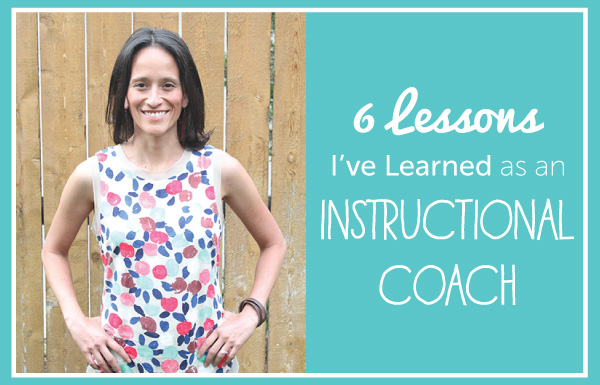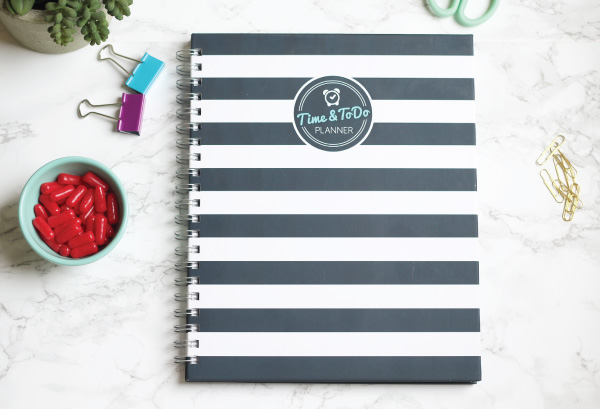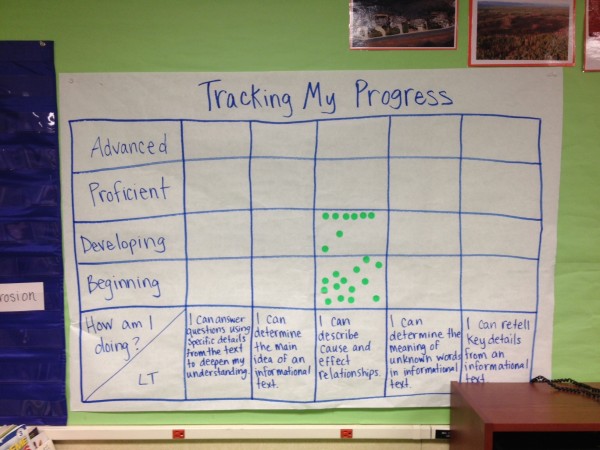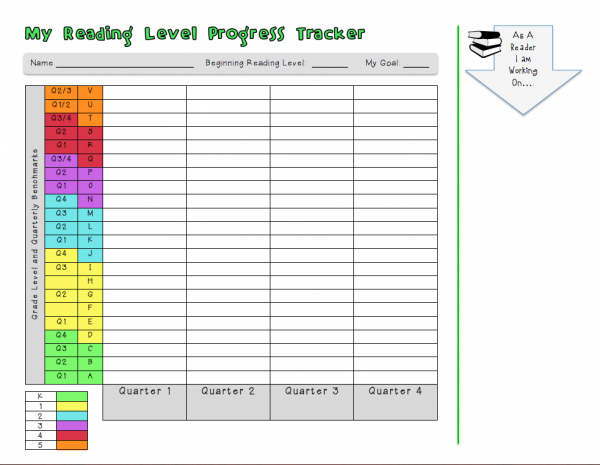6 Lessons I’ve Learned as an Instructional Coach
Goals and Motivation, Instructional CoachingThe close of this year will mark my fifth year anniversary as an Instructional Coach. Crazy.
My journey into the world of coaching wasn’t necessarily a planned one. So when I first got started, I really had no idea what I was doing. Just keeping it real.
But then guess what?
I embraced the discomfort, learned along the way, and…I started to get better! And then a little better. To the point where these days you might even think I know a bit about what I’m doing!

That’s not to say that I still don’t have a ton to learn. Because I do. For sure.
But in reflection, I thought I’d take some time today to share with you 6 of the most important lessons I’ve learned as a coach in these past five years of practice.
I was thinking I might try to keep the list to five so the post had a better ring to it (you know: 5 Lessons in 5 Years). But I really think all 6 are important :)
Here it goes:
1. Listen. And Then Listen Some More
This was probably one of my biggest first lessons. I had always considered myself a pretty good listener. Then I started coaching.
When you’re in the thick of a coaching conversation and doing your best to guide the flow of your chat and develop understandings along the way, you’ll discover one thing quickly:
You’ve got to learn to listen like whoa.
This is the only way you’re going to get better at this next piece…
2. Get Good at Asking Good Questions
Who knew asking good questions could be so hard? Geeze.
Then I started coaching.
Through coaching, I started to learn and understand more about the difference between a question and a really good question.
The ones you think about and plan for, that give teachers space to reflect and analyze their own instruction, resulting in improved understandings that will positively impact the quality of their next lesson.
Phew. This isn’t an easy task. And to make it trickier, you have to get good at asking these kinds of questions on the fly! Bah!
This is one I just have to keep working on getting good/better at.
3. Don’t Lose Your Street Cred
I’m a coach AND a teacher. Not either-or.
So I don’t want to lose my street cred.
Staying connected to the work that classroom teachers do everyday is super important for myself as an educator, as well as my work as a coach.
With more paperwork responsibilities on your plate as a coach, it’s easy to get caught at your desk and behind your computer for longer than you might like.
I make it a point to keep my teaching skills sharp and that street cred in place through modeling, co-teaching, or even jumping in to sub for a teacher!
Regular teaching keeps me engaged, passionate, and informed about the work I do.
4. Take Your Job Seriously. But Don’t Take Yourself too Seriously
I heard Beth Houf mention this as a lesson she learned, and I thought it was so true.
Yes, I’m a coach and a leader, and I definitely have important work to accomplish during my days. But that doesn’t mean I have to be so dang serious and buttoned up about it.
So I smile often. I laugh out loud and act silly. I don’t try to use really big words and act like I know everything. Cuz I don’t.
I’m not afraid to say “I don’t know” and I definitely mess up.
Taking risks and working through the muck of moving towards classroom and school goals right alongside teachers is what I try to do.
5. Double Down on Knowledge
Make learning a priority. Read all of the books you can, take all the classes you can, and connect with as many other educators as you can.
Invest your time, and even money, into this knowledge. It will be one of your best investments ever.
Knowledge will get you to where you want to go as a Teacher Leader faster, you’ll be prepared for future opportunities, and most importantly all this smart-ness you’re accumulating will provide great value to the teachers and students you work with.
Double down.
Check out the Walk through a Coaching Cycle Workshop
I’ve got coming up!
6. Learn How to Be a Time Management Ninja
When you’re a teacher, your schedule is all neat and tidy. I loved this part of teaching.
I knew exactly when my planning times were everyday, when our weekly PD was scheduled, and of course I had my lesson plans for each subject all lined up and ready to go.
Then…I started coaching.
Goodbye neat and tidy. Helloooo unstructured, things always change, non-tidy schedule.
Man. I’m so routine oriented, so this was a hard one for me. I had to figure out some planning systems and structures, and quick.
It was a process of trial and error, and I continue to tweak and refine each year, but I now have a pretty good system in place that helps me bring some structure to my weeks.
It’s Here! The Time & ToDo Planner, Academic 2016-17 Calendar (updated and Awesome!)
I hope these few bits of advice will help you either reflect on your own journey with coaching, or if you’re just starting out, help you with getting started on the right foot.
Talk to you soon,
![]()




